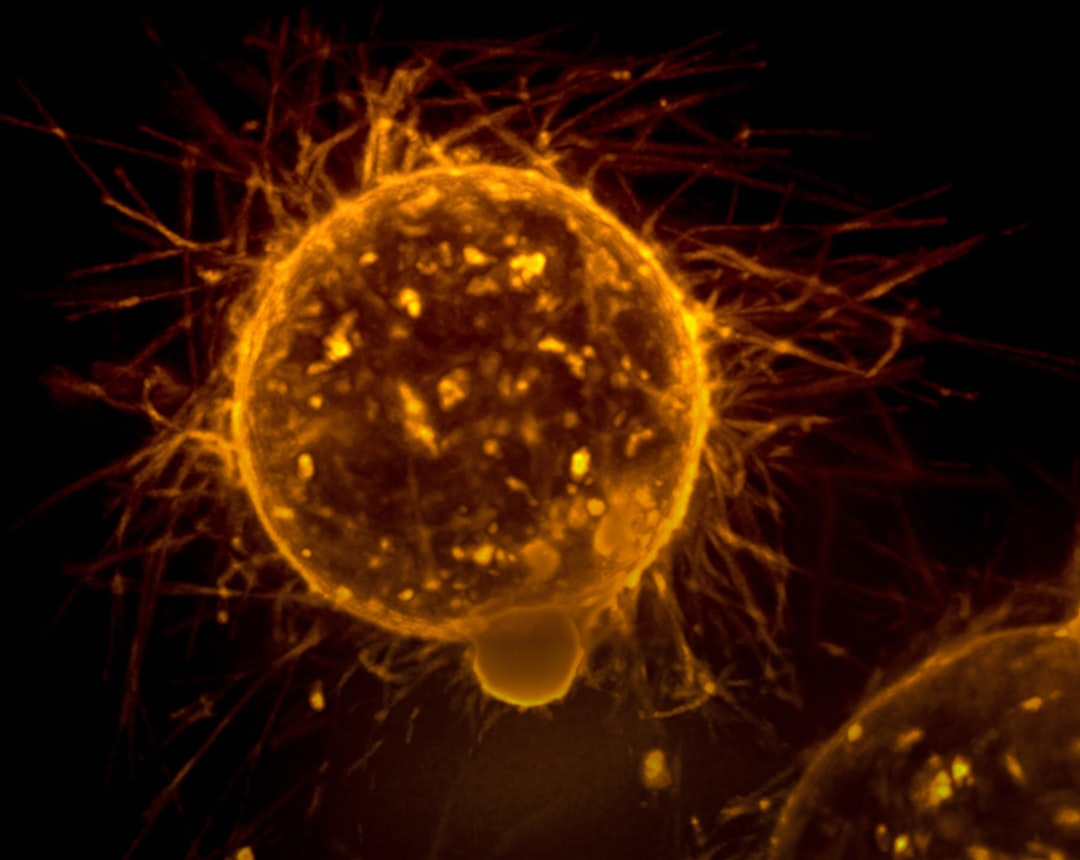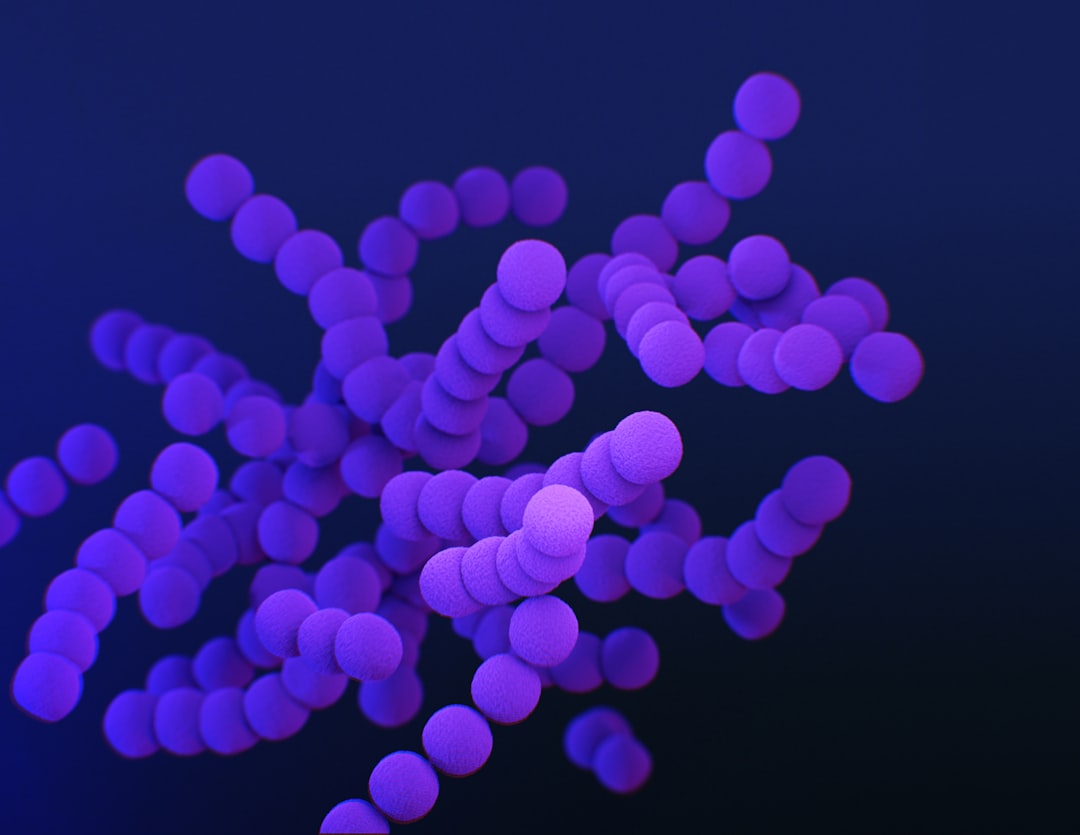What is it about?
Chlamydia trachomatis is a leading cause of infectious blindness and sexually transmitted disease. Due to the lack of robust genetic tools, the functions of many Chlamydia genes remain uncharacterized, including the essential gene encoding the UDP-DAGn pyrophosphatase activity for the biosynthesis of lipid A, the membrane anchor of lipooligosaccharide and the predominant lipid species of the outer leaflet of the bacterial outer membrane. We designed a complementation screen against the C. trachomatis genomic library using a conditional-lethal mutant of E. coli and identified the missing essential gene in the lipid A biosynthetic pathway, which we designated lpxG. We show that LpxG is a member of the calcineurin-like phosphatases and displays robust UDP-DAGn pyrophosphatase activity in vitro. Overexpression of LpxG in C. trachomatis leads to the accumulation of the predicted lipid intermediate and reduces bacterial infectivity, validating the in vivo function of LpxG and highlighting the importance of regulated lipid A biosynthesis in C. trachomatis.
Featured Image
Read the Original
This page is a summary of: Discovery of the Elusive UDP-Diacylglucosamine Hydrolase in the Lipid A Biosynthetic Pathway in
Chlamydia trachomatis, mBio, March 2016, ASM Journals,
DOI: 10.1128/mbio.00090-16.
You can read the full text:
Contributors
The following have contributed to this page










